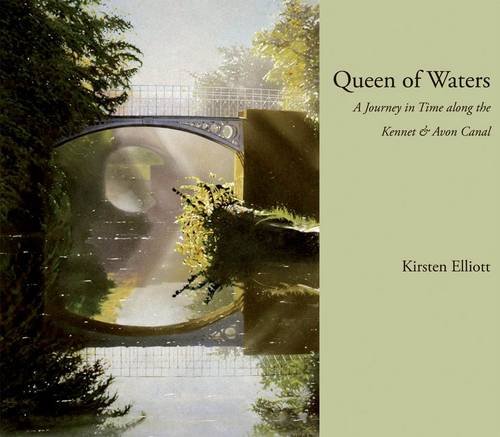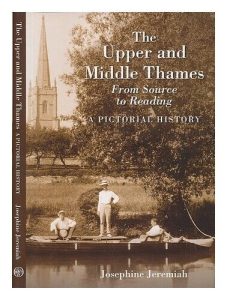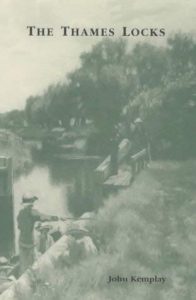The Kennet and Avon Canal, a historic waterway linking London and Bristol, emerged from late 18th-century ambitions to forge a direct connection between the River Thames and the River Avon. Commencing construction in 1794, the canal spanned 87 miles, integrating locks, aqueducts, and tunnels to navigate varied topography.
Initially a bustling trade artery vital to southern England’s economic growth, the canal faced a decline in the mid-19th century with the rise of the Great Western Railway, redirecting trade traffic. Subsequent neglect led to disuse and dilapidation. Yet, late 20th-century efforts, driven by passionate individuals, undertook ambitious restoration projects, breathing new life into the canal.
Today, the Kennet and Avon Canal is a testament to England’s industrial history, offering a scenic route through the countryside. From its conception as a trade lifeline to facing obsolescence and eventual revival, the canal stands resilient, embodying the determination of those who preserved this iconic waterway for future generations to enjoy.
This book captures its story.
The River Thames, one of England’s vital waterways, originates in Gloucestershire’s Cotswold Hills near Kemble village. Embarking on a journey of approximately 215 miles, it gracefully flows through diverse landscapes and towns, including the historic town of Reading.
In its upper reaches, the Thames meanders through picturesque countryside, passing areas such as Lechlade and Cricklade. Progressing southeast, it becomes a defining feature of Oxfordshire’s landscape, gracing the historic city of Oxford with meadows, small villages, and occasional landmarks.
Continuing its course, the river flows through Abingdon, Wallingford, and the scenic Goring Gap between the Berkshire Downs and Chiltern Hills. The noteworthy town of Pangbourne lies along its path before weaving through Reading.
Beyond its role as a vital watercourse, the Thames in this region offers recreational opportunities, with boating, riverside walks, and scenic views attracting residents and visitors alike.
As the Thames flows through Reading, the river becomes a central feature of this historic town situated at the confluence of the Thames and Kennet River. Reading’s rich history, entwined with its rivers, finds cultural and economic significance in the Thames. The river’s journey from source to Reading unravels dynamic landscapes and communities along its course, portraying the Thames as a key character in England’s geographical and historical tapestry.
The Thames Locks, John Kemplay, Ronald Crowhurst and Co., 2000
From around 1630 to 1928, the River Thames saw significant changes, becoming the navigable waterway we know today through the introduction of locks. These locks replaced the long-standing flash-weirs that posed navigational challenges for barge traffic and caused flooding along the riverside. Originally used for transporting goods, the mid-nineteenth-century arrival of railways altered the river’s function. Pleasure vessels became the primary form of traffic by the mid-twentieth century.
This book explores the construction of locks and the challenges faced by lock-keepers. It focuses on their efforts to secure better wages and working conditions, highlighting their interactions with river administrators.


